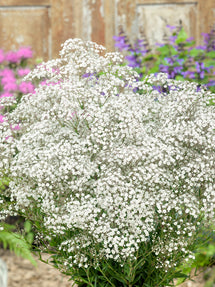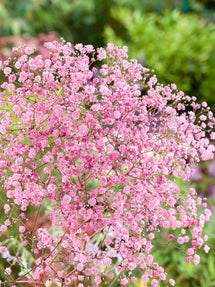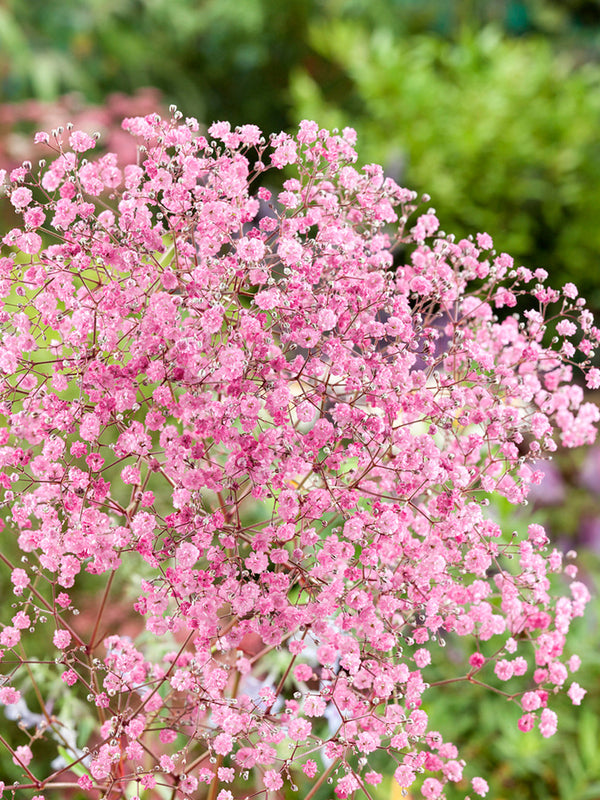Gypsophila (Baby's Breath)
Gypsophila, commonly known as Baby's Breath, is a genus of flowering plants in the carnation family, Caryophyllaceae. This plant is celebrated for its delicate, airy blooms and is a staple in floral arrangements, particularly popular in wedding bouquets for its whimsical and romantic appearance.
Showing 1 - 2 in 2 items
Gypsophila (Baby's Breath)
Gypsophila, commonly known as Baby's Breath, is a genus of flowering plants in the carnation family, Caryophyllaceae. This plant is celebrated for its delicate, airy blooms and is a staple in floral arrangements, particularly popular in wedding bouquets for its whimsical and romantic appearance. Characteristics of Gypsophila Appearance: Gypsophila plants are known for their slender stems and a profusion of tiny, star-shaped flowers. The blooms are typically white, though some varieties may have a hint of pink. Size: These plants can vary in size from compact, low-growing forms to taller, bushier varieties. They generally range from about 18 inches to 4 feet in height. Growing Conditions: Gypsophila prefers full sun and well-drained soil. It's particularly suited to sandy or even rocky soil conditions and is known for its drought tolerance once established. Bloom Time: Depending on the variety, Gypsophila can bloom from late spring to late summer. Some varieties may rebloom if the first flush of flowers is deadheaded. Uses: Baby's Breath is widely used in floral design due to its ability to blend with and accentuate other flowers, adding texture and volume. In gardens, it's used in borders, rock gardens, and as a complement to other perennials. Care: Gypsophila is relatively low-maintenance. It requires regular watering, particularly during dry periods, but is otherwise undemanding, thriving in poor, dry soils where other plants might struggle. Propagation: This plant can be propagated from seeds, cuttings, or division. Gypsophila spreads easily, making it a good choice for filling in gaps in the garden. Varieties: Some popular varieties include Gypsophila paniculata, which features larger plants and is commonly used in floristry, and Gypsophila repens, a creeping variety that's excellent as a ground cover.


